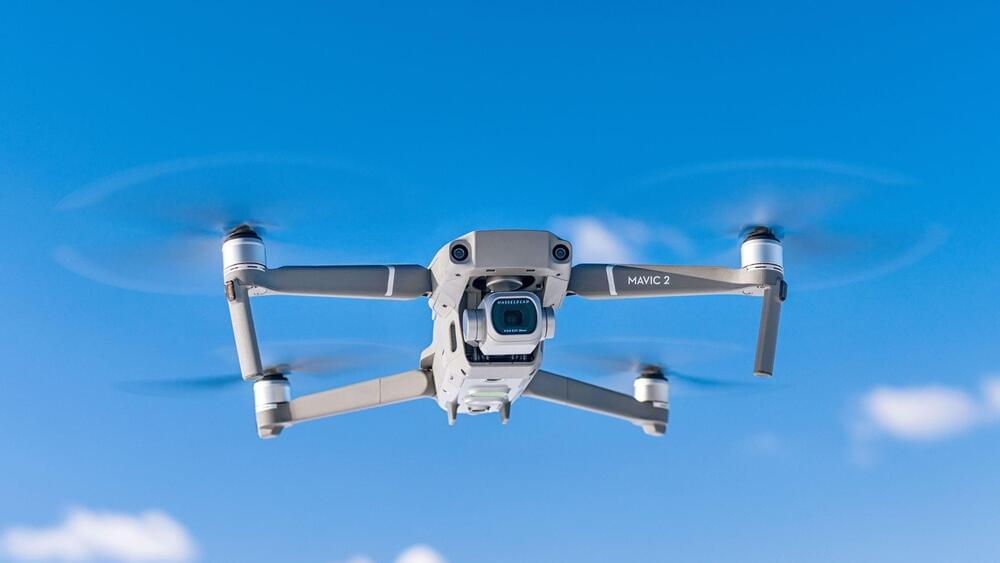Its still too early for nukes. i expect some weird event to escalate into a full scale conventional war between Russia vs. Nato; Russia will attempt an invasion into europe. When that takes place China decides might as well try an invasion across asia. India will be issue in doubt. All ^ above will last 3 to 6 months. Nukes will be end of it, when it takes place, ignore Anyone tellin you to Stay Inside of a blast zone, and run.
Western officials are engaged in “prudent planning” behind the scenes to prevent chaos and panic in their home countries in the event Russia was to detonate a nuclear bomb in or near Ukraine.
Although a nuclear crisis is considered highly unlikely, the insider said officials internationally were re-examining plans to provide emergency support and reassurance to populations fearful of nuclear escalation.







